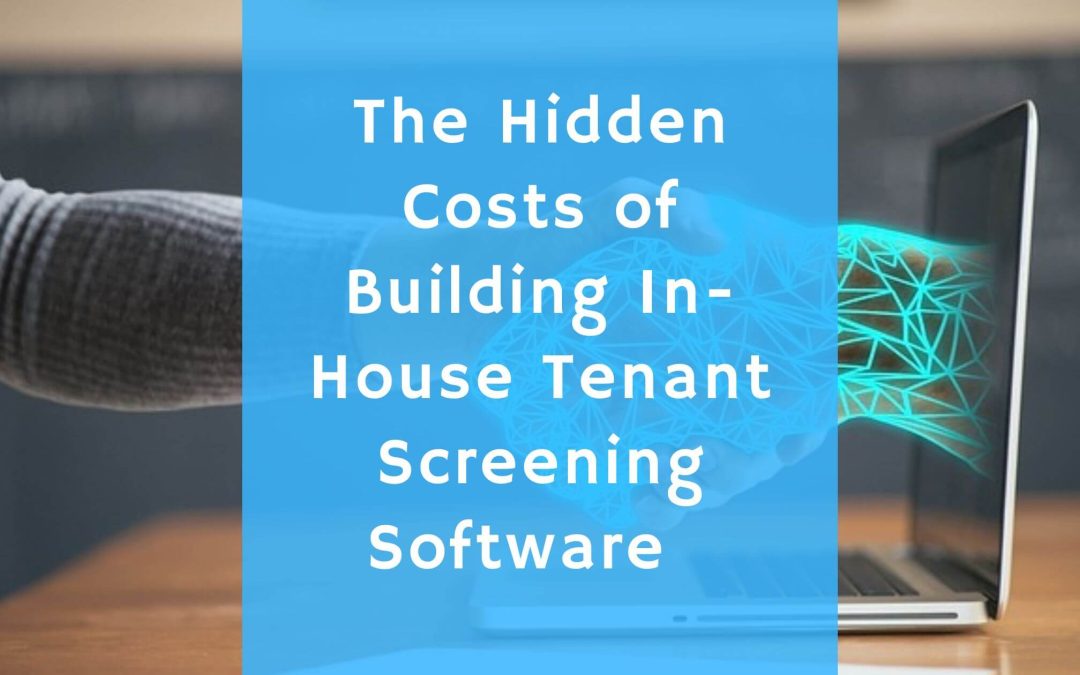“We just need a simple form, a few API connections, and a decision engine. Our team can have it ready in three months.”
This sentiment is common among property managers and insurance companies across Latin America. On the surface, building an in-house tenant screening system seems like a logical and cost-effective way to gain control over your process.
Unfortunately, the reality is far from simple. Repeatedly, companies dive into these projects only to face ballooning costs, frustrated teams, and systems that fail to deliver.
Let’s uncover the true cost of building in-house tenant screening software in Latin America.

The Reality Check: What Happens When Companies Build In-House
A property operator in Colombia decided to build their own system in 2023. They estimated the project would take three months with two developers. A year later, here is what they faced:
- Four full-time developers struggling with API integrations.
- Near-zero reduction in application processing times.
- Rising technical debt from rushed solutions.
- A system unable to handle growth.
- Frustrated applicants are stuck in broken processes.
Meanwhile, a competitor implemented a proven solution, processing three times the volume with the same staff and delivering decisions in hours instead of days.
This is not an isolated case. Across Latin America, companies underestimate the complexity of these projects, only to realize too late the challenges of scaling and maintaining such systems.
The True Costs of In-House Tenant Screening
Building in-house tenant screening software involves significant expenses that extend far beyond the initial development phase. These costs can be categorized into infrastructure, personnel, and ongoing operational expenses.
First, there are infrastructure and technical costs. Integrating and maintaining credit bureau APIs, setting up payment gateways, implementing document processing systems, and establishing robust security measures, backups, and infrastructure all require substantial investment.
Next, personnel costs are a major consideration. Hiring skilled professionals is essential for the development and maintenance of the software. Software developers typically earn between $40,000 and $80,000 per year, data engineers between $45,000 and $85,000 per year, and DevOps engineers between $50,000 and $90,000 per year. Additional team members, such as quality assurance specialists and project managers, also contribute to overall staffing expenses.
Finally, ongoing operational costs must be accounted for. Regular updates to APIs, security patches, and compliance monitoring are necessary to ensure the system remains functional and secure. Continuous performance optimization, bug fixes, and training new staff to manage and maintain the system further add to these recurring expenses.

The “Partial Digital” Trap
Many companies adopt a halfway digital approach that fails to fully streamline their processes. Payments continue to be processed through traditional bank transfers, documents are collected via email, and applications are manually reviewed in spreadsheets. This approach combines the complexity of digital systems with the inefficiencies of manual workflows, ultimately providing little to no benefit in terms of productivity or simplicity.
The Maintenance Nightmare
Building software is just the beginning. Here’s a common timeline post-launch:
- Month 1: Basic system goes live.
- Month 2: Credit bureau API changes require updates.
- Month 3: New regulatory requirements emerge.
- Month 4: System struggles to scale.
- Month 5: Security vulnerabilities appear.
- Month 6: Core functionality needs rebuilding.
When Does Building In-House Tenant Screening Make Sense?
Building your own system might be viable if:
- You have unique regulatory requirements no vendor can meet.
- Tenant screening software is your core product.
- You have unlimited time and resources (hint: this never exists).
For most companies, the smarter choice is to leverage proven solutions and focus on what matters most: growing your business.

What the Market Leaders Do Differently
The most successful companies in Latin America prioritize their core business growth, leveraging proven solutions for tenant screening rather than building systems from scratch. This approach allows them to scale operations effectively while avoiding the burden of technical debt. By relying on established tools, they also maintain the flexibility to adapt swiftly and efficiently to changing market conditions.
Companies that partner with specialized providers achieve results like:
- 90% reduction in processing time.
- 3x increase in application handling capacity.
- 80% automation of decision-making processes.
- Zero technical debt and robust security compliance.
The Bottom Line of In-House Tenant Screening
In two years, no one would care if you built your system in-house. What will matter is whether you’re growing faster than your competitors.
Every peso spent on building and maintaining your own system is a peso not spent on improving customer experience, expanding your market, or driving revenue growth.
Your competitors aren’t winning by building better software. They are winning by focusing on their core business and leveraging proven solutions for tenant screening.
The choice is yours: build a system and fight technical fires or focus on growing your business and leaving the heavy lifting to experts.
If you need help with tenant screening, please feel free to contact us to learn about our tenant screening products that we have developed with AI.

